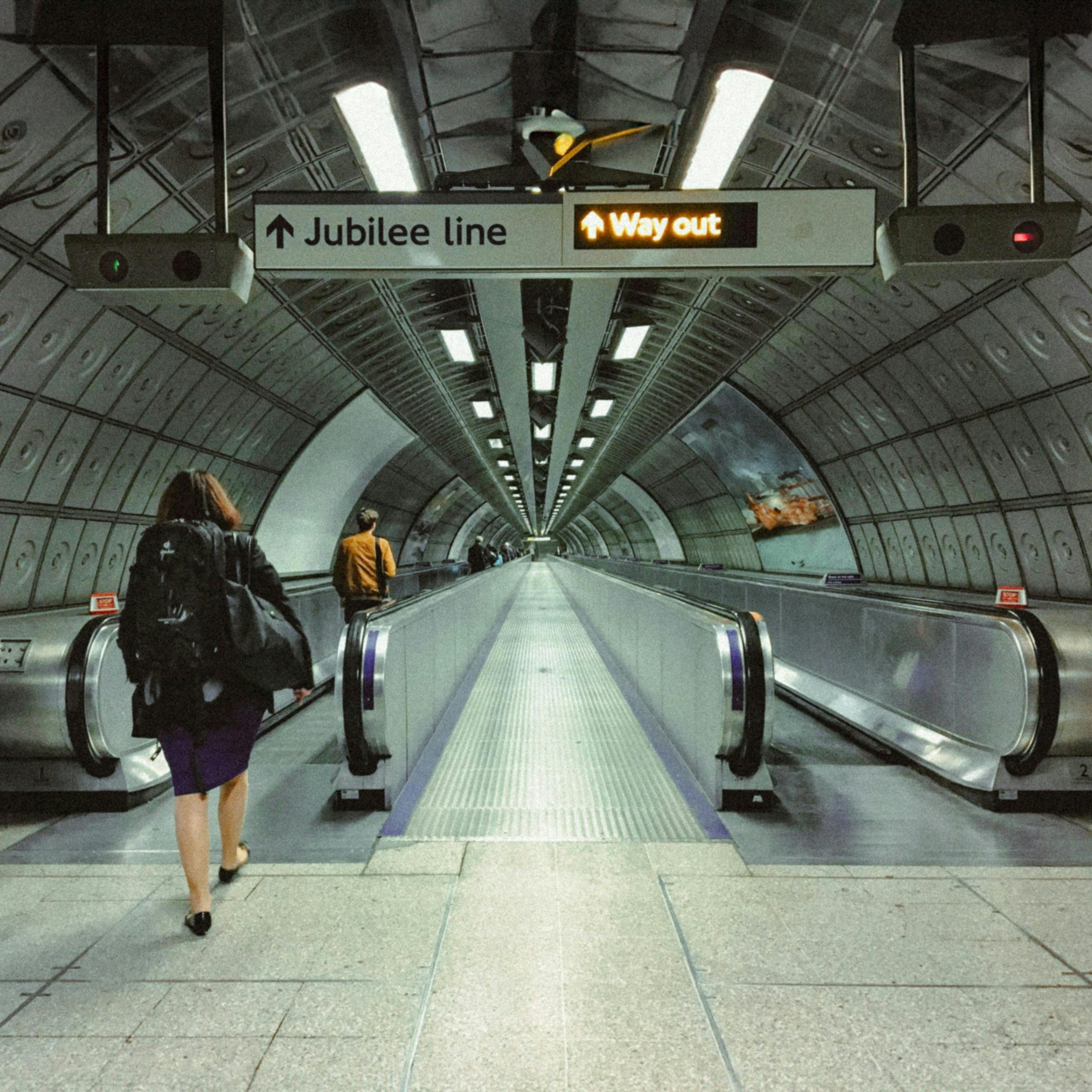Unveiling the Secrets of London’s Underground: A Journey into Automated Tube Trains
On a recent visit to the London Transport Museum, I was intrigued to discover a little-known fact about the capital’s iconic Underground system. It turns out that the technology for automatic train operation has been in place since 1992. This revelation was a pleasant surprise, considering the bustling nature of London’s transport network and the general assumption that it relies solely on manual operation.
The intricacy and innovation behind the Underground have always been a topic of interest for many, but the implementation of automation within the tube trains nearly three decades ago is simply fascinating. It speaks volumes about the forward-thinking approach of the city’s transport planners and engineers at that time.
I’m eager to dive deeper into this technological advancement. If there are any experts or enthusiasts who are well-versed in the history and operation of the London Underground, I would love to hear more about how this automation was developed and its impact on efficiency and safety over the years.
London’s transport system never ceases to amaze, always revealing layers of history and innovation that continue to surprise both residents and visitors alike.

Comment by a Proud London Resident
What a fascinating post! It’s incredible to think that the London Underground has been utilizing automatic train operation for over three decades. This is a prime example of our city leading the way in public transport innovation.
As a Londoner, I’ve often marveled at the efficiency of the Tube, and understanding that automation has played a significant role in its operation is enlightening. Here are a few additional points to consider regarding this technology:
I agree with you that it would be wonderful to hear from experts in this domain. The history of the Underground is rich and multifaceted, from its inception to the modern innovations we see today. Connecting with transport historians or engineers could provide deeper insights into how these advancements have shaped our commuting experiences.
Thank you for sharing this intriguing revelation